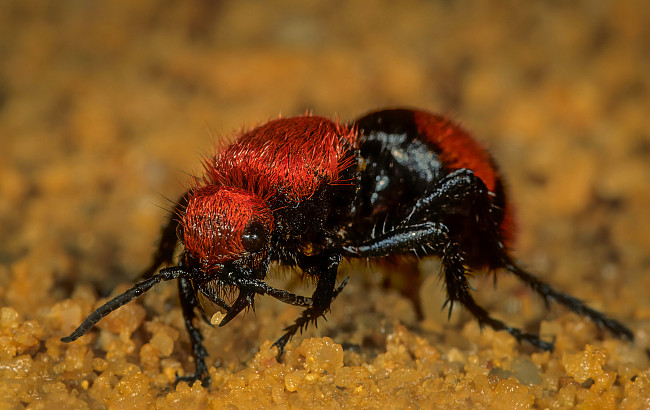The Japanese city is famous for its cherry blossoms, which traditionally mark the start of spring, but rising temperatures are seeing them bloom early
Environment
20 May 2022
Cherry blossoms by a river in Kyoto, Japan SILENCE Photo/Getty Images
Cherry blossoms in Kyoto, Japan, are reaching full bloom 11 days earlier than they would if there was no warming effect from the urban environment and climate change.
Last year, Kyoto’s cherry blossoms bloomed by 26 March, the earliest seen in more than 1000 years of recorded history. This year the trees reached full bloom by 1 April, which is more typical of the present climate, but still earlier than average records from before the 1930s.
Nikolaos Christidis at the Met Office in the UK and his colleagues devised a computer model to estimate when cherry blossoms in the city would reach full bloom if there was no urban warming and human-driven climate change.
The researchers were aided by records of the timing of Kyoto’s cherry blossom season going back 1200 years. “This information has been found in all sorts of sources like emperor’s recordings,” says Christidis. “The blooming of cherry blossoms in Kyoto has been an important event in Japan since ancient times,” he says, as it traditionally signals the start of spring.
The team found that in the present climate, cherry blossoms are reaching full bloom five days earlier due to the increasing urbanisation of Kyoto and a further six days earlier due to climate change.
Urbanisation causes temperature rises for several reasons, such as by changing the way that the sun’s heat interacts with the city’s surface, says Christidis. Cherry blossoms in Japan start to bloom when the temperature of its environment consistently reaches a certain level of warmth, which is usually around March.
The average temperature in Kyoto in March is about 9 to 10°C, says Christidis. But without human influence it would be closer to 5 or 6°C, he says.
The researchers also found that if temperatures continue to rise as expected this century, the trees will reach full bloom an additional week earlier by 2100. The likelihood of extremely early bloom dates, as seen last year, will also increase. “These events are expected to occur at least once a century,” says Christidis.
Journal reference: Environmental Research Letters, DOI: 10.1088/1748-9326/ac6bb4
Sign up to Wild Wild Life, a free monthly newsletter celebrating the diversity and science of animals, plants and Earth’s other weird and wonderful inhabitants
More on these topics:

























































